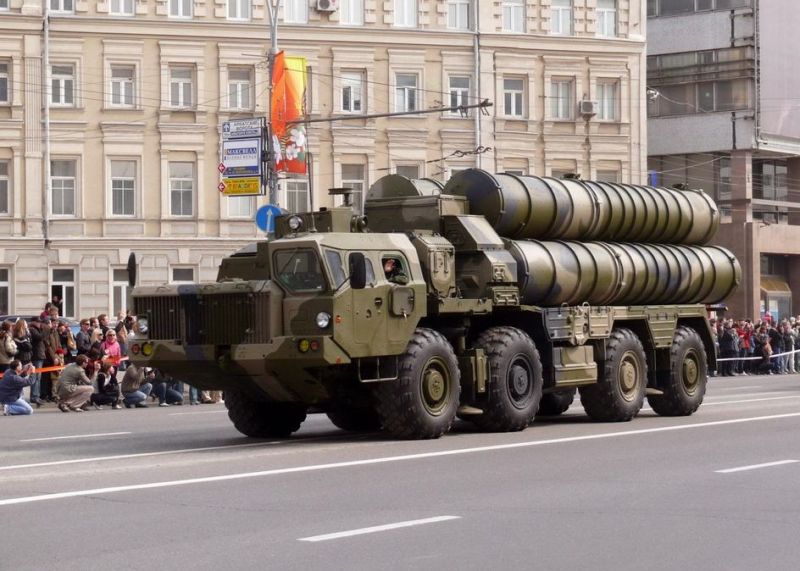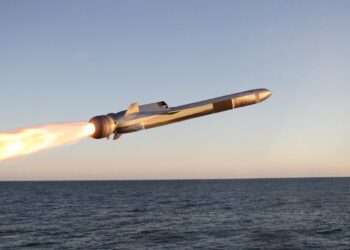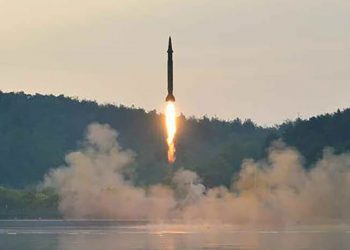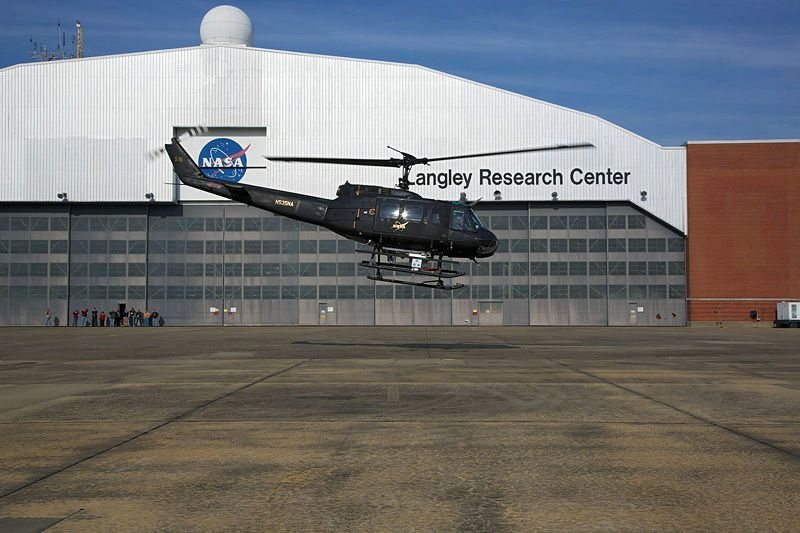Russia and China are working to modernize their strategic defence capabilities. However, they have chosen different approaches to replacing their key heavy missiles, notes Vasily Kashin, an expert at the Centre for Strategy and Technology Analysis, who compares the latest steps taken by the two countries to increase their missile defence potential.
Sergey Karakaev, commander of Russia’s Strategic Missile Forces, announced that Russia is currently designing a minimum of two new types of intercontinental ballistic missile. According to mass media sources, one of the two projects is a giant liquid fuelled rocket called Sarmat, which is to replace the Soviet RS-36M “Voyevoda” system, better known by its Western name “Satan”.
The Voyevoda complex has served as an important component in Russia’s strategic nuclear forces for many years. These are the heaviest intercontinental ballistic missiles deployed anywhere in the world.
Their take-off weight is over 200 tons, while their powerful liquid fuelled engines allow them to carry a payload of up to 10 nuclear warheads and host of anti-missile defence capabilities including false targets. Depending on the combat equipment it carries, the rocket’s range can be as much as 11 to 16 thousand kilometres.
“In weight the RS-36M compares only to the Chinese intercontinental rocket, DF-5, which weighs 183 tons. The Chinese rocket is less advanced; for example, it requires lengthy preparation before launch as fuelling takes from 30 minutes to two hours, according to different sources.
It makes the missile vulnerable to a first strike. However, China maintains about 20 DF-5 missiles as they constitute the only strategic system that would allow China to strike anywhere in the USA”, points out Vasily Kashin.
Russia and China have chosen different approaches to replacing their key heavy missiles. In essence, Russia has chosen to revive the RS-36 system with new and advanced technology.
The choice of liquid fuel is rooted in the fact that compared to a solid fuel rocket, it can carry a heavier payload. Russia expects that in the future the US will start deploying its missile defence in space and will also escalate its missile defence capabilities in Europe. A heavier and more powerful rocket will be guaranteed to circumvent that system.
In addition, according to Sergey Karakaev, commander of Russia’s Strategic Missile Forces, a liquid fuelled rocket, with its greater payload potential, will allow Russia “to realize such opportunities as the creation of high precision strategic weapons with non-nuclear warheads and a practically global range”.
Russia can create non-nuclear, high precision weapons based on intercontinental rockets in the event that the USA also works on designing such a weapon”, Karakaev points out.
“Along with the heavy liquid fuel rocket, Russia is also working on a new mobile solid fuel rocket to replace the Topol-M and Yars complexes”, says Karakaev. Thus, Russia wants to preserve, for the foreseeable future, its strategic nuclear forces consisting of two main components: mobile rocket systems and heavy, liquid fuelled silo-based missiles.
As far as China goes, it is a known fact that, in addition to the current mobile solid fuel DF-31A missiles, it is working on a heavier solid fuel rocket with multiple warheads. This missile is also a direct response to the increased capabilities of US missile defence systems, but it would be difficult for it to equal the range and payload characteristics of the existing DF-5 rocket.
Such an approach corresponds to the Chinese strategy for developing its nuclear forces. China, from the very beginning, has not aimed for nuclear parity with the USA, but has paid more attention to maintaining a smaller missile group, capable of surviving a first strike and hitting back in retaliation.
That approach is now undergoing some changes; it is already clear that China will have to increase the number of its submarine based ballistic missiles and its intercontinental ballistic missiles. “But”, thinks Russian expert Vasily Kashin, “conditions for the strategy change are not ripe yet”.











